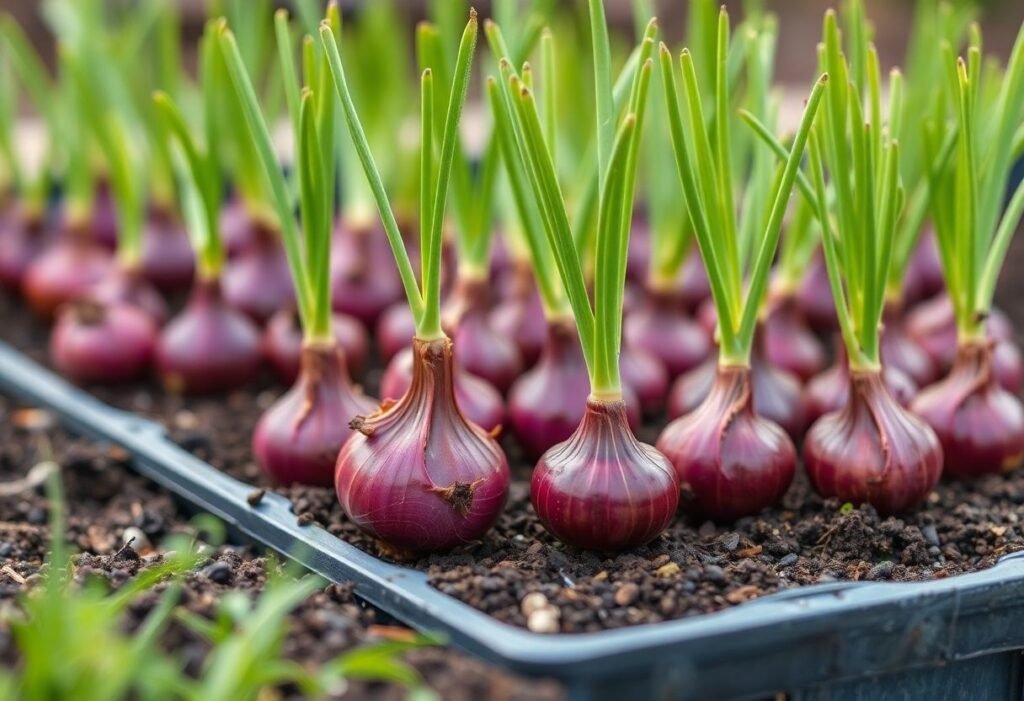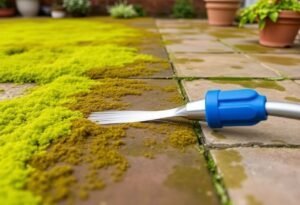Why is Transplanting Onions Important?
Transplanting onions is essential as it allows the plants to thrive with optimal nutrients and space to grow. By carefully choosing the timing for transplanting onion seedlings, you guarantee the best conditions for your plants to flourish. Onions, being bulb crops, need space to fully develop, and proper transplanting is crucial for healthy bulb formation.
When is the Right Time to Transplant?
The perfect moment to transplant onion seedlings mainly hinges on the state of the plants and changing weather conditions. Typically, early spring is ideal, once the danger of frost has passed. Look for seedlings that are at least 6-8 inches tall, which usually occurs between late April and early May. Keep an eye on weather forecasts to avoid transplanting during cold spells.
Signs Your Onions Are Ready to Transplant
Before transplanting onion seedlings, ensure they’re in prime condition. They should be strong, green, and have developed several leaves. If you notice the seedlings becoming cramped in their current container, that’s a clear sign it’s time to take action. Additionally, if the root systems begin to emerge from the drainage holes, it’s crucial to consider transplanting.
How to Transplant Onions Properly
The process of transplanting onion seedlings is straightforward but requires attention. Begin by preparing the new garden area, ensuring the soil is well-aerated and rich in nutrients. Carefully dig up the seedlings from their original spot, aiming to minimize any root damage. Place them in the new hole or row, maintaining a spacing of about 4-6 inches apart.
Post-Transplant Care for Onions
After transplanting onion seedlings, providing proper care is vital. Consistent watering is essential, especially in the initial days. Onions thrive on moisture, but avoid waterlogging, which can lead to root rot. Applying mulch can help retain moisture, suppress weed growth, and create a beneficial environment for the onions.
Common Mistakes When Transplanting Onions
Many gardeners make errors during transplanting onion seedlings. One of the most frequent mistakes is timing; transplanting at the wrong time can impede growth. Other pitfalls include improper spacing between seedlings or neglecting soil preparation. Remember, onions require adequate room to expand into their full size.
Conclusion
In conclusion, transplanting onion seedlings is a vital step in achieving healthy and vibrant yields. Watching your plants closely, selecting the right timing, and carefully executing the transplant will undoubtedly benefit your garden. What are your experiences with transplanting onions? Share your insights in the comments!

















